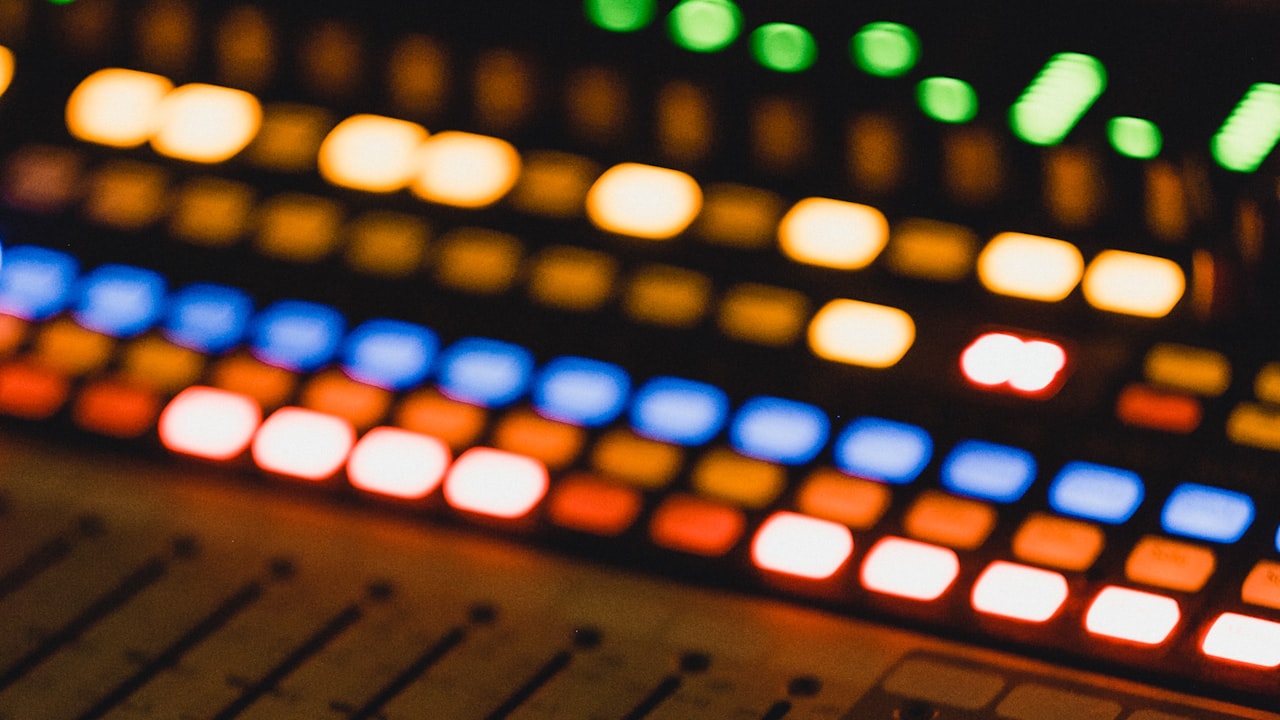If you're in the market for new light bulbs, you might be wondering whether to choose LED (light-emitting diode) or CFL (compact fluorescent) bulbs. Both bulbs have pros and cons, so it's essential to understand their differences before deciding. In this blog post, we'll pit LEDs against CFLs in a head-to-head battle to help you determine what type of bulb is right for you. Let's get started.
LED Bulbs: Pros and Cons
Pros:
- LED bulbs can last up to 50,000 hours, while CFL bulbs have a lifespan of only 10,000 hours. This means you'll need to replace your LED bulbs less often, saving you money in the long run.
- LED canopy lightsuse about 75% less energy than incandescent bulbs and about 30% less energy than CFLs. This makes them a more environmentally friendly option.
- Unlike CFLs, which take a few minutes to reach full brightness, LED bulbs turn on instantly. This can be helpful if you need immediate light or if you're trying to avoid waking up your family at night.
Cons:
- Although they cost more upfront, LED bulbs will save you money in the long run because of their longevity.
- While LEDs produce more lumens per watt than incandescent bulbs (lumens measure how much light a bulb emits), they don't yet match the brightness of an incandescent bulb.
CFL Bulbs: Pros and Cons
Pros:
- CFLs are cheaper than LEDs upfront, making them a more budget-friendly option.
- CFLs convert electricity into light more efficiently than incandescent bulbs, so they use less energy overall. CFLs use about 75% less energy than incandescent bulbs.
Cons:
- As mentioned above, LED bulbs can last up to 50,000 hours, while CFL bulbs have a lifespan of only 10,000 hours. This means you'll need to replace your CFL bulbs more often, which can be costly in the long run.
- It takes CFLs about 3 minutes to reach full brightness, while LEDs turn on instantly. This can be frustrating if you need immediate light.
- Unlike LEDs, which perform well in hot and cold temperatures, CFLs don't work well in cold weather. This means they may not be ideal for outdoor lights or lights left on for long periods in cooler climates.
- Like LEDs, CFLs also don't match the brightness of an incandescent bulb.
Which type of bulb is right for you?
If you're looking for a bulb with a long lifespan that won't break the bank, an LED might be the way to go. However, a CFL can be a good choice if you're looking for an inexpensive option with decent energy efficiency. LEDs also turn on instantly, while CFLs take a few minutes to reach full brightness. On the other hand, CFLs are more efficient than LEDs at converting electricity into light, and they're less likely to overheat.
Conclusion
Both the LEDs and CFLs have their pros and cons. Ultimately, the decision comes down to your personal preferences and needs. If you have any questions, please feel free to let us know in the comments.

